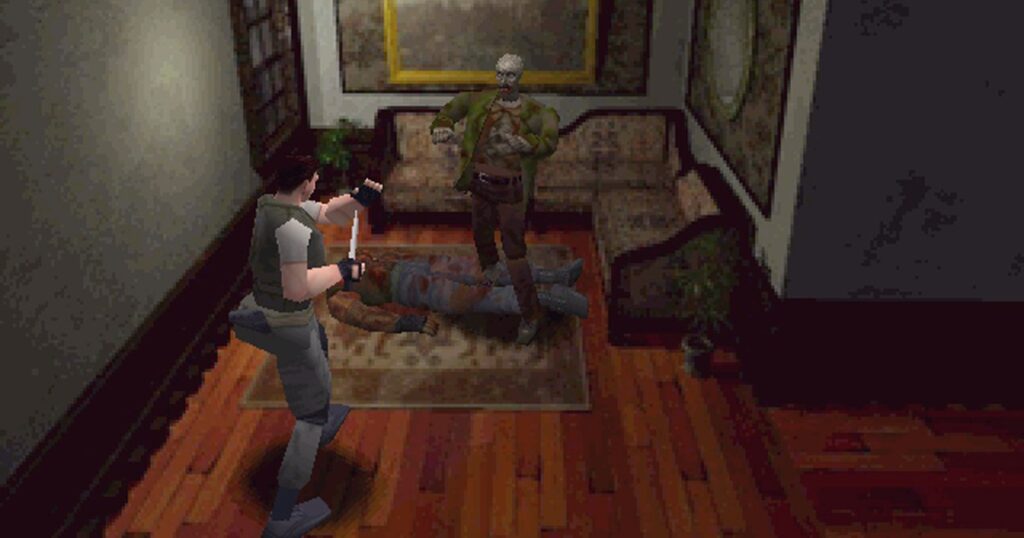Original in 1996 resident evil One of five new additions to World Video Game Hall of Fame. It joins the collection alongside Asteroids, Ultima, SimCity, and Myst. Elite, Guitar Hero, Metroid, Neopets, Tokimeki Memorial, and Tony Hawk's Pro Skater were also nominated, but did not make the Hall of Fame this time.
Resident Evil, Asteroids, Ultima, SimCity and Myst are inducted into the World Video Game Hall of Fame
Established in 2015, the World Video Game Hall of Fame honors games that have had a significant impact on the medium. Candidates must be widely recognized, popular over time, internationally renowned, and have had a lasting impact on the game or wider culture. It would be no exaggeration to say that all of the 2024 Hall of Fame inductees meet these criteria.
First released in 1979, Asteroids was Atari's best-selling arcade game. His popular Atari 2600 port also helped establish console gaming, and Asteroids remains one of his most iconic video games of all time.
Created by legendary developer Richard Garriott, 1986's Ultima was the first open-world game and one of the first commercial RPG video games. In addition to starting a legendary series, it had a huge impact on the fantasy RPG genre.
Although previous management games had explored similar premises, 1989's SimCity established the modern city-building genre. Modern sim games, and even many RTS titles, contribute significantly to that innovation. The World Video Game Hall of Fame also notes that SimCity inspired many real-life urban planners to enter the field.
Myst, released the same year as Doom, is perhaps the polar opposite. Still, this immersive puzzle adventure game was his best-selling CD-ROM game in 1993 and remained popular throughout the '90s. The World Video Game Hall of Fame points out that it not only influenced later adventure games, but everything from Skyrim to casual games.
Finally, while Resident Evil wasn't the first horror game, it established the modern survival horror genre and started Capcom's best-selling series. This also helped prove that there was a huge market for M-rated games. That may seem obvious now, but in 1996 it was still uncertain.


